Contemplating GPS @ Darden Campus, UVA
It's a beautiful day here on the UVA campus and we are autonomously testing some courses in advance of the UVA community conversation about the Driverless Future. At this event on September 30, the community will come together to discuss what it means to have driverless vehicles, and how we can ensure the entire community can benefit - not just the select few. Our part is to give rides in a couple of our autonomous vehicles and give people a taste for what it's like to be driven around by our MAX platform and not by a person.Part of the setup is always checking the course for any trouble spots that need special attention. Our primary navigation method uses GPS waypoints to set a course that the vehicle follows. This works extremely well - even when the GPS signal is degraded by things like those beautiful trees on the campus. In these cases we use a secondary method which is a combination of dead-reckoning and curb or lane-line detection to improve our position determination in a lane. This is what is called "lane-keeping" - how to stay in your lane even if your primary guidance system is not precise about where you are. We prefer GPS as the primary method over others because even if the signal is quite degraded, at least you have a fairly good idea where you are and you can compensate accordingly. Without GPS, you can estimate your position but as errors creep in you can get lost.Another aspect of GPS navigation is the correction service used. We typically rely on a service called RTX that uses satellite-based corrections. These corrections normally give us locations of the vehicle to within 2 or 3 centimeters. There is another correction service based on mobile phone towers called RTK and that also delivers corrections to the same accuracy. On the Darden campus, we find that the RTK service works best - likely again because those same trees are blocking enough satellites and signal that the correction isn't as effective.In the future, as more cities and highways become instrumented, it may be the road itself or buildings nearby that will deliver location signals. These signals will help vehicles orient themselves and recognize where they are at all times very precisely. This means your 2-lane roadway could become a 3-lane road or that cars will park directly next to each other and come when called. That parking feature is something else that we are working on - and it can add 30% more parking spaces to any existing parking lot by eliminating the space we reserve for opening doors. Or, if you've parked in Europe, maybe that will be only 20-25% more spaces as their drivers have perfected parking very closely already!Like many things about our Driverless Future - the core technical challenges can be met today. But the scale and refinement needed to know exactly where you are 99.999% of the time will take a bit more work by technologists like us, and by communities looking forward as the UVA is doing on September 30. See you there!

